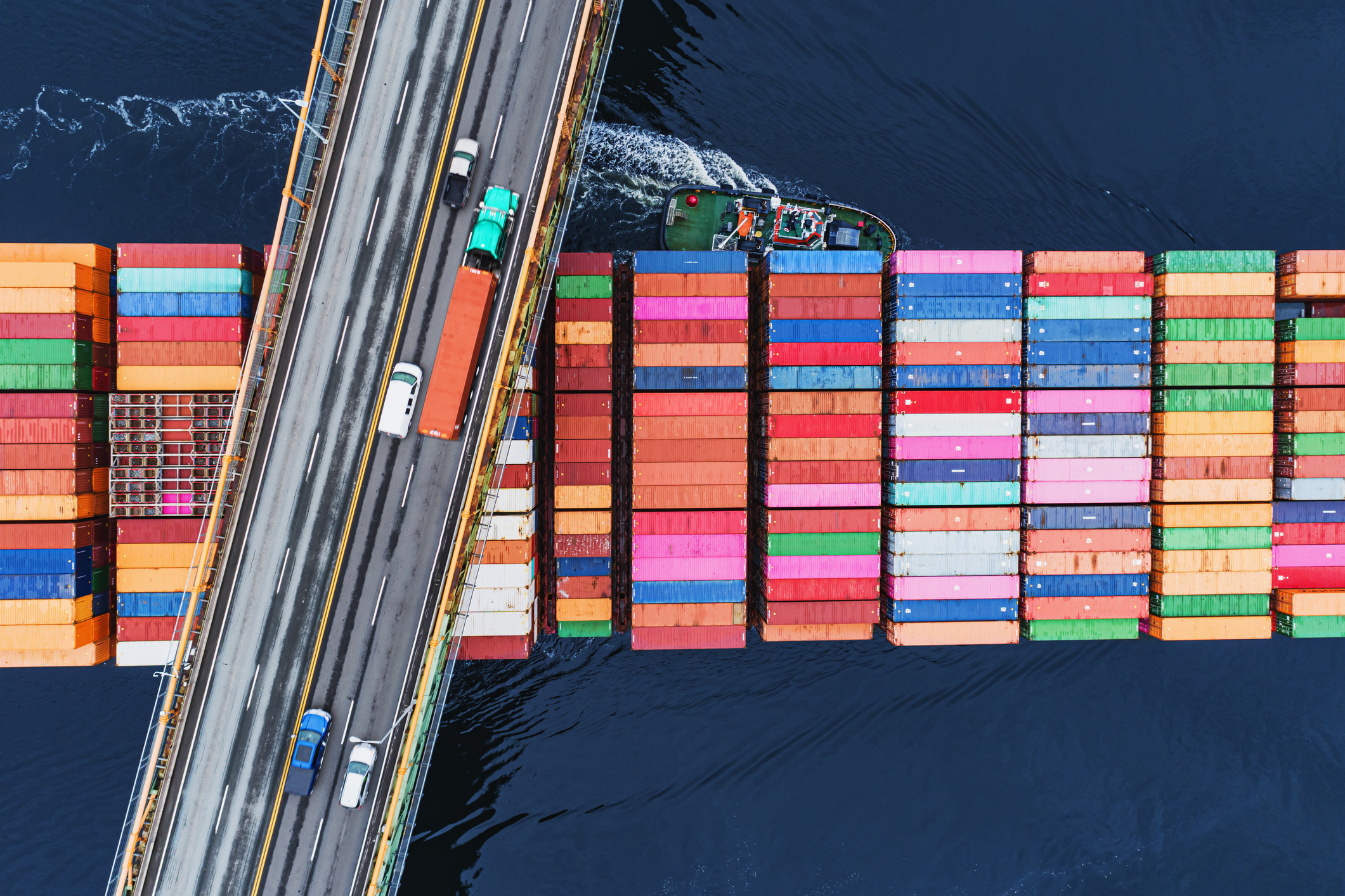Our second independent assessment of the 2030 Emissions Reduction Plan shows Canada is on track to achieve 85 to 90 per cent of its 2030 target–if planned policies are implemented swiftly and effectively
Last week, the federal government released its first-ever progress report on the 2030 Emissions Reduction Plan. The Canadian Climate Institute, with the help of Navius Research, has released our own independent assessment of the 2023 Progress Report, just as we did following the initial publication of the 2030 Emissions Reduction Plan last year.
Our analysis confirms many of the findings in the federal government’s progress report–that Canada has indeed made significant progress, but that stronger and faster policy implementation at all orders of government is required to meet Canada’s 2030 target.
This Insight breaks down the central takeaways and recommendations from our assessment.
Canada has come a long way
Our assessment modelled several scenarios for Canada’s emissions projections to 2030, each one representing a different level of policy certainty—from scenarios with only legislated policies, to ones including all policies that are in development or have been announced. As Figure 1 shows, if all developing and announced policies are implemented quickly and effectively, and if some existing policies are further tightened, emissions will decline to between 467 and 482 Mt in 2030, or between 34 and 36 per cent below 2005 levels. This brings Canada much closer in line with a net-zero pathway.
We also assessed where Canada’s emissions would be without the policies implemented by federal, provincial, and territorial governments since 2015. We find that emissions would rise to 775 Mt by 2030—a full 41 per cent higher than under currently legislated policies.
Figure 1 Canada’s emissions pathway according to the Institute’s independent modelling
In addition to projected emissions reductions, another important indicator of progress is policy implementation. We assessed the extent to which measures to reduce emissions are moving through the policy process—from announced to developing, or from developing to legislated. A number of important policies have advanced over the last 20 months, including the Clean Fuel Regulations, draft methane regulations for oil and gas, and a proposed ZEV sales mandate. And as Figure 2 shows, of the policies we simulated in our analysis, 19 are now considered legislated, up from nine in our 2022 assessment.
Figure 2: Policy implementation since the Institute’s first independent assessment in 2022
Three recommendations to keep 440 Mt in sight
Governments should take three steps to increase the odds of hitting Canada’s 2030 target.
- First, governments at all orders should follow through and legislate the full package of developing and announced policies in the 2023 Progress Report. These policies—if implemented quickly and effectively—can cut Canada’s emissions to 34 per cent below 2005 levels by 2030. There is a real risk that the remaining policies in development are not finalized quickly and effectively enough, leaving national emissions further from the target.
- Second, governments should find opportunities to close the gap to the target, either by strengthening existing policies or adopting new measures. For starters, our assessment points to the potential for interactions between several policies. Most notably some large-emitter carbon markets show the risk of credit oversupply and a weakened credit price, which if addressed through strengthening performance standards, could reduce emissions by an additional 15 Mt or two full percentage points closer to target—from 34 to 36 per cent below 2005 by 2030. In addition to fixing interactions to improve policy effectiveness, governments should also explore options to increase the stringency of existing policies, or introduce new ones, to close the gap to the 2030 target. Examples include strengthening the proposed federal Clean Electricity Regulations or going even deeper on methane reductions in the oil and gas sector.
- Third, while the 2023 Progress Report takes important steps to enhance the transparency around Canada’s emissions reduction progress, there is room to improve how Canada tracks progress. In particular, the federal government should develop additional, transparent indicators to track progress, and provincial and territorial governments should implement their own climate accountability processes, if they haven’t already.
Ultimately, reducing emissions is not a pass-or-fail test. Every megatonne of greenhouse gas emissions avoided reduces climate impacts in the future. Canada has come a long way by introducing policies that can meaningfully reduce emissions, even if those policies don’t yet add up to reaching the 2030 target.
But there is risk along the way. To meet Canada’s climate commitments, planned policies from all orders of government will have to be implemented very quickly and effectively. Any major delays in implementation, or weakening of policy design, will put Canada further off track. It’s a tall order, but taken together it can put the country’s climate targets within reach.
Anna Kanduth is the Director of 440 Megatonnes at the Canadian Climate Institute. Dave Sawyer is the Principal Economist at the Canadian Climate Institute.
